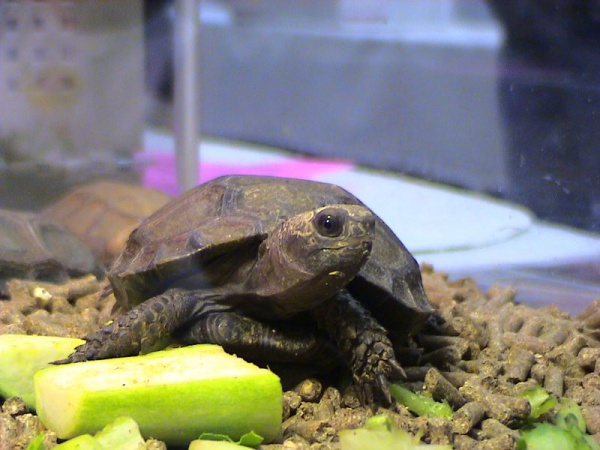Facts About Asian Brown Tortoise
The Asian forest tortoise, also known as the Asian brown tortoise, is a captivating species native to Southeast Asia. Distinguished as one of the most primitive tortoises extant today, this species has been the subject of extensive study through both molecular and morphological methods. There are two subspecies: *M. e. emys* and *M. e. phayrei*. The genus *Manouria*, to which it belongs, is considered quite primitive within the tortoise family, Testudinidae.
In terms of size, the Asian forest tortoise is the largest tortoise on the Asian mainland, with wild adults weighing up to 25 kg (about 55 pounds). It has a distinctive, flattened shell with serrated edges and striated patterns on its dorsal shields. The tortoise also has a moderately sized head with large prefrontal shields and conspicuous bony tubercles on its limbs. While adult tortoises are typically dark brown or blackish, juveniles have a yellowish-brown shell with dark markings.
This tortoise can be found in several countries, including Bangladesh, India, Indonesia, Malaysia, Myanmar, Thailand, and Vietnam. One of its unique behaviors is its nesting process. Unlike many other tortoises, the Asian forest tortoise lays its eggs above ground in a nest made from leaf litter. The female meticulously constructs the nest, lays up to 50 eggs, and then guards it vigilantly to protect against predators and other threats.
The Asian forest tortoise is truly an extraordinary creature with unique characteristics and behaviors, playing a crucial role in the biodiversity of Southeast Asia.

 Thailand
Thailand